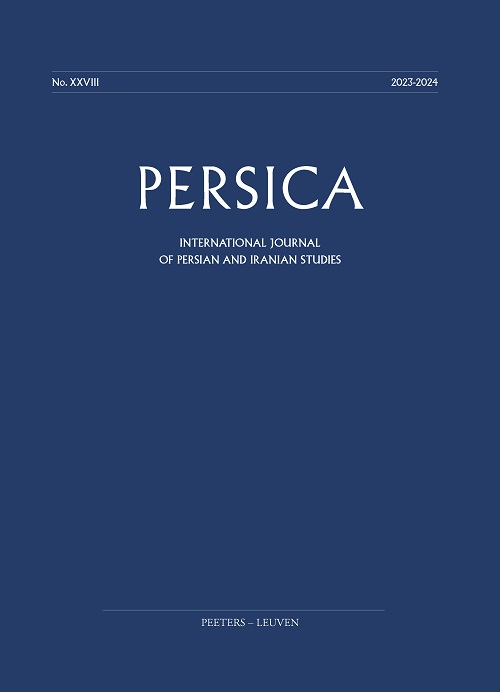 previous article in this issue previous article in this issue | next article in this issue  |

|
Document Details : Title: Semiotics and the Tradition of the Image Author(s): ZIPOLI, Riccardo Journal: Persica Volume: 20 Date: 2004-2005 Pages: 155-172 DOI: 10.2143/PERS.20.0.2005887 Abstract : We have no scientific and comprehensive view of Persian verse imagery. Many of the existing anthologies of this imagery are general lists of basic information more or less applicable to every text and their approach relies on a general culture based on memory rather than systematic investigation. Such lists undoubtedly have a useful function, especially for introductory purposes, but when we come to tackle the question of imagery from a technical and textual point of view, they are of little help in genuine research. Rather than effective analyses, these lists are in fact mainly descriptions of what is traditionally believed to be the set of key images chosen not through accurate textual readings but mainly on ethno-historical, metaphorical-symbolic, or iconographic grounds. The result is a thematic treatment which tends to neglect the importance of how the contents are organized in a text and to exclude many seemingly less evocative or pregnant motifs. To overcome these shortcomings, we must follow a critical approach stripped of general and abstract hypotheses used a priori and begin by focusing on textual features. Only in this case will we be able to arrive, albeit a posteriori, at an overall picture of the imagery system. To give an example of this kind of investigation, I have decided to follow the development of an image in the output of three stylistically representative authors thus creating a framework for understanding the fundamental mechanisms of that image. The image selected is that of the ‘mirror’. As regards the poets, I have chosen Farroxi (d.1037), Hâfez (d.1390), and Sâeb (d.1677). They represent the most important stylistic periods in the history of classic Persian poetry, conventionally described with geographical labels as Khorasanian (ca. 10th-12th century), Iraqian (ca. 12th-15th century), and Indian (ca. 16th-17th century). |
|
